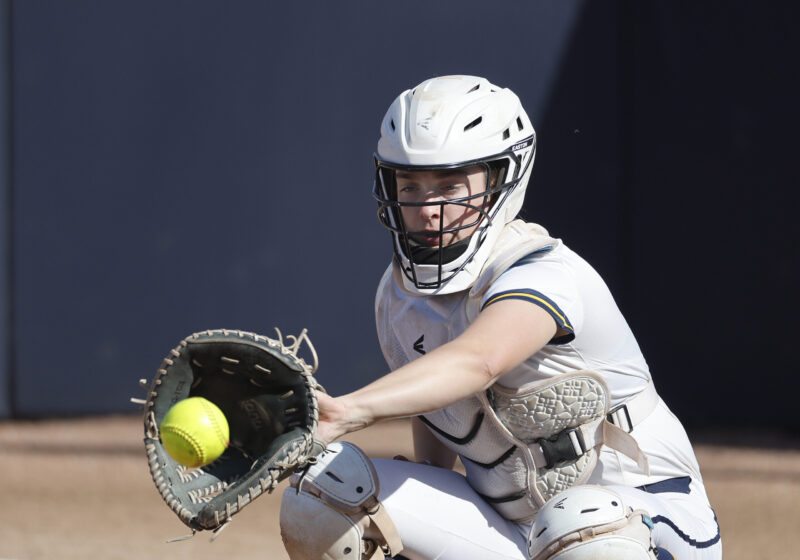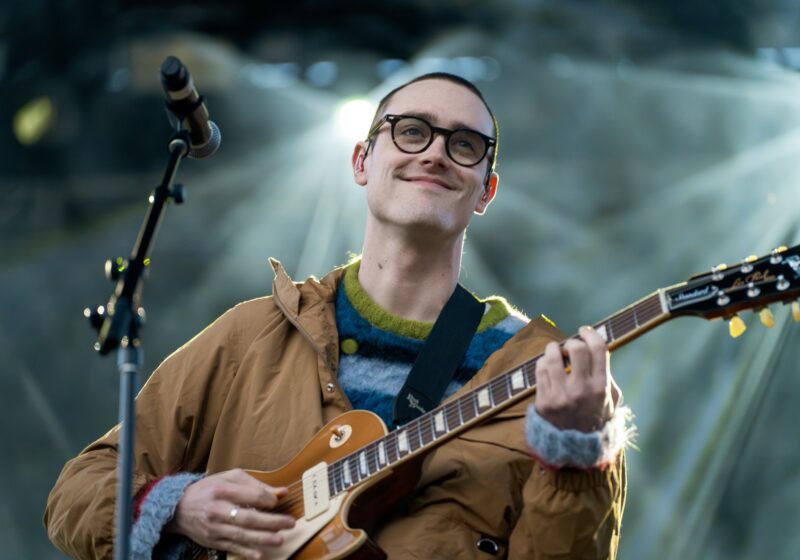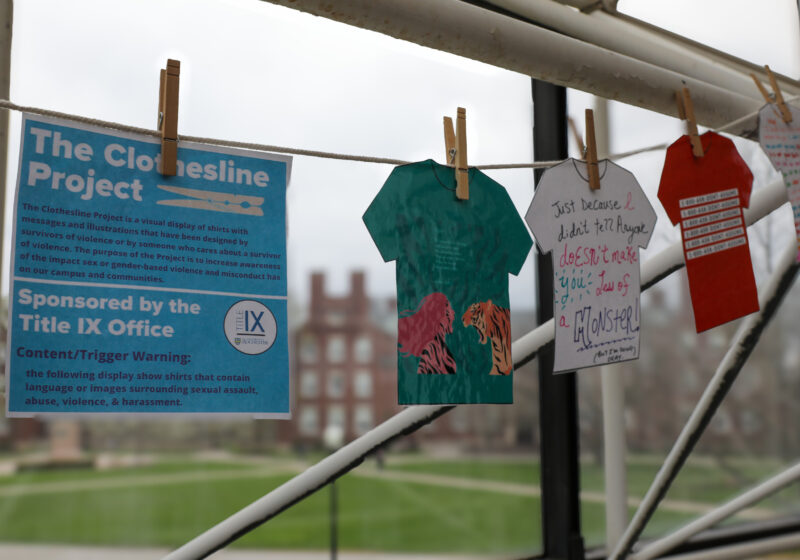On June 17, 1972, five men were found snooping around the Democratic National Convention headquarters at the Watergate complex. Hilarity ensued.
Of course, it’s a bit more complicated than that. Following the arrest of those men, an investigation was undertaken that revealed a line of corruption leading all the way up the President of the United States of America, Richard Milhous Nixon. That investigation was undertaken in large part by two men working at the Washington Post. Today, the names Carl Bernstein and Bob Woodward are synonymous with investigative journalism, but when they undertook the story of their lives, they were simply two young reporters with a hunch.
Though the book is far more detailed and exact, the 1976 film–starring Dustin Hoffman and Robert Redford–expresses the paranoia of the era in all of its creeping eeriness. It remains, to this day, perhaps the greatest journalism drama ever made. Accompanied by a subtle, sparingly-used score from David Shire, Hoffman and Redford fight the government, their editors, and each other in pursuit of the truth—a truth that few people wanted to believe. Buoyed by strong supporting performances from Jason Robards and Hal Holbrook, the two leads play off each other magnificently, each representing a different type of actor: Redford, the square-jawed, classic Hollywood hero; and Hoffman, from the new wave of character actors taking on lead roles.
In light of the recent success of “Spotlight,” interest in “All The President’s Men” and other investigative dramas has seen a bit of an uptick, and with good cause: if you ever want proof that the pen can be mightier than the sword, this is your film.





